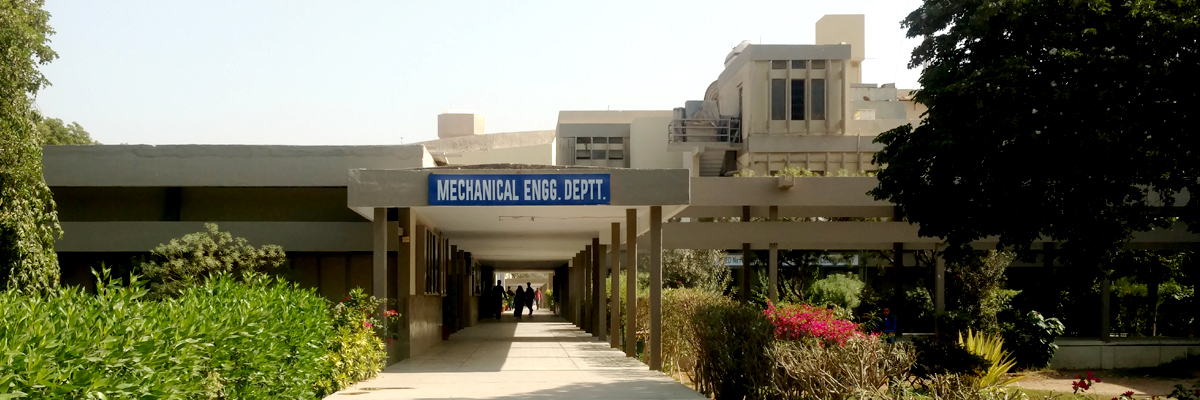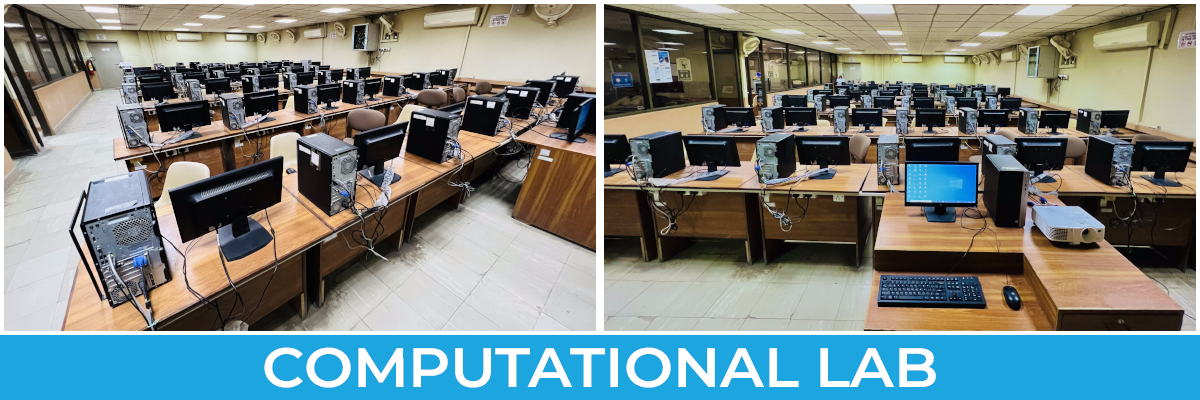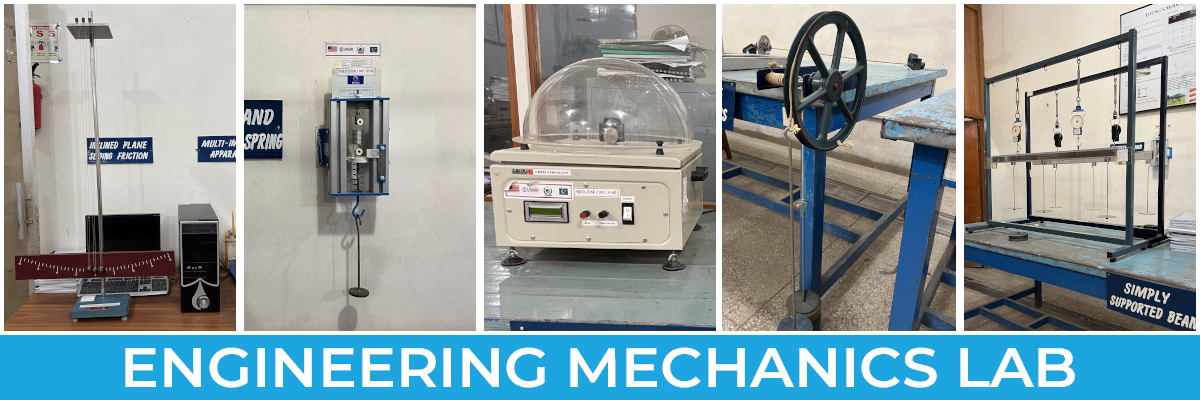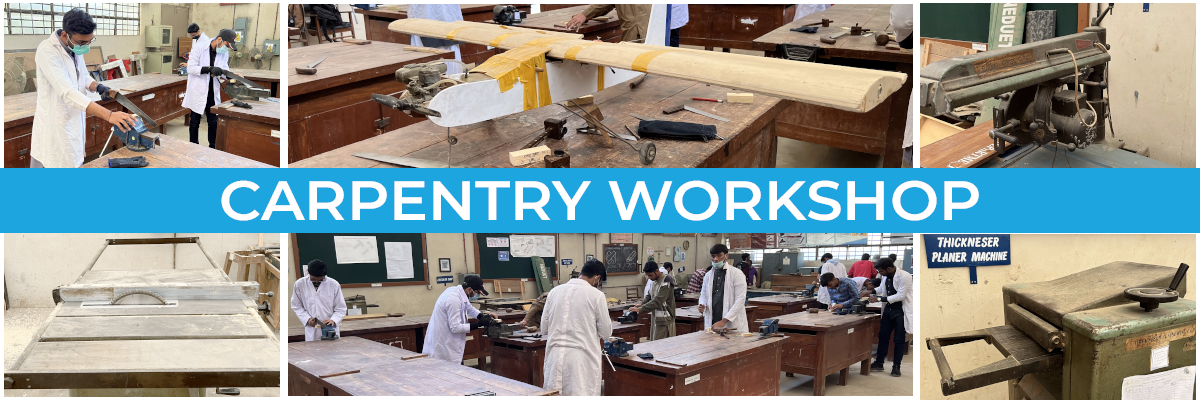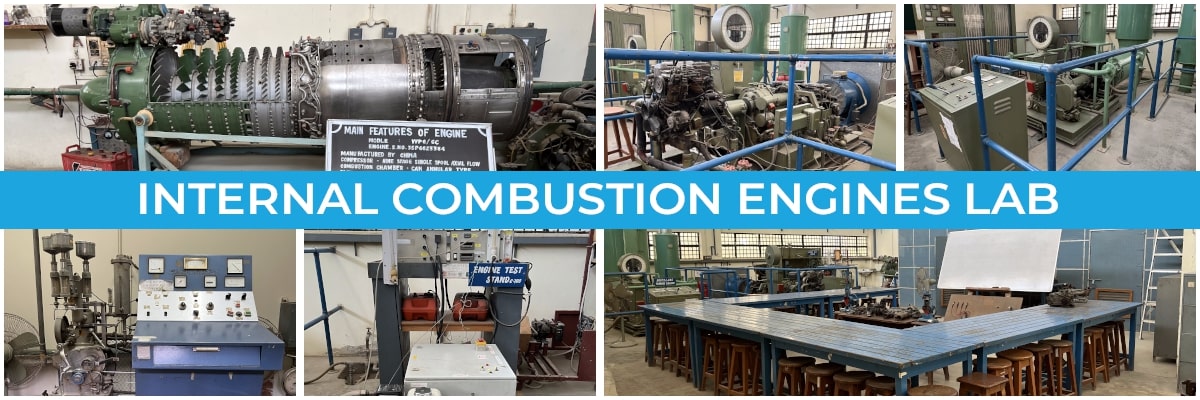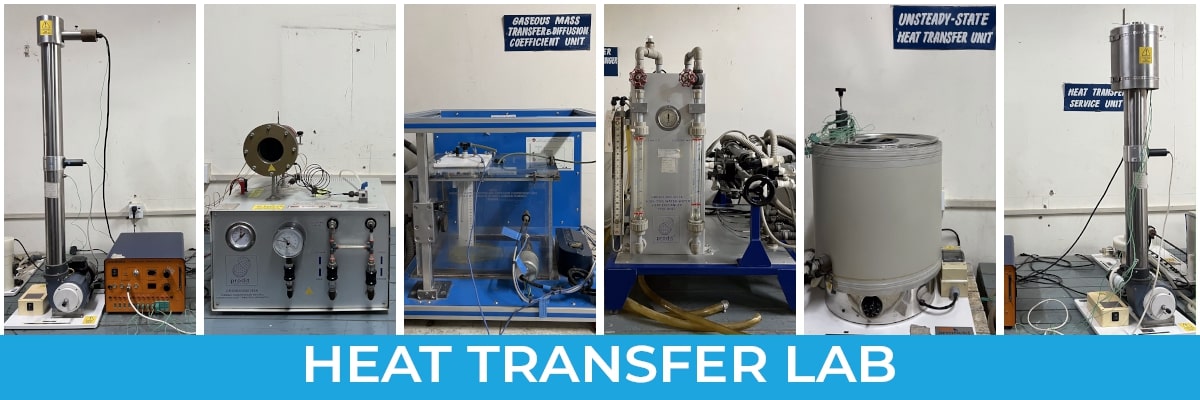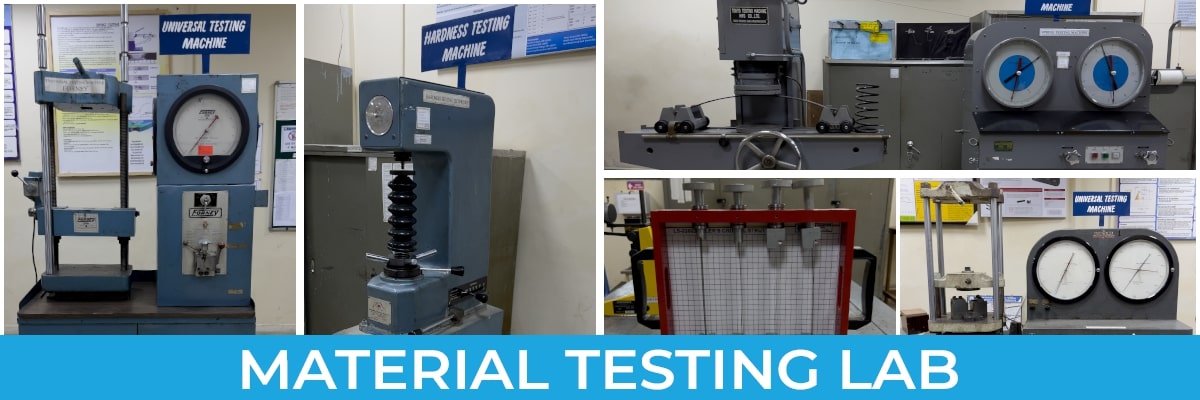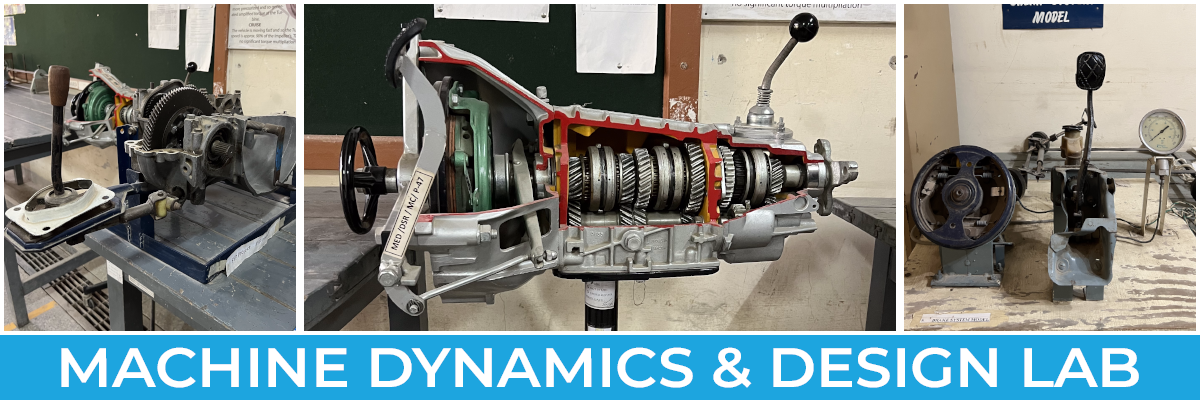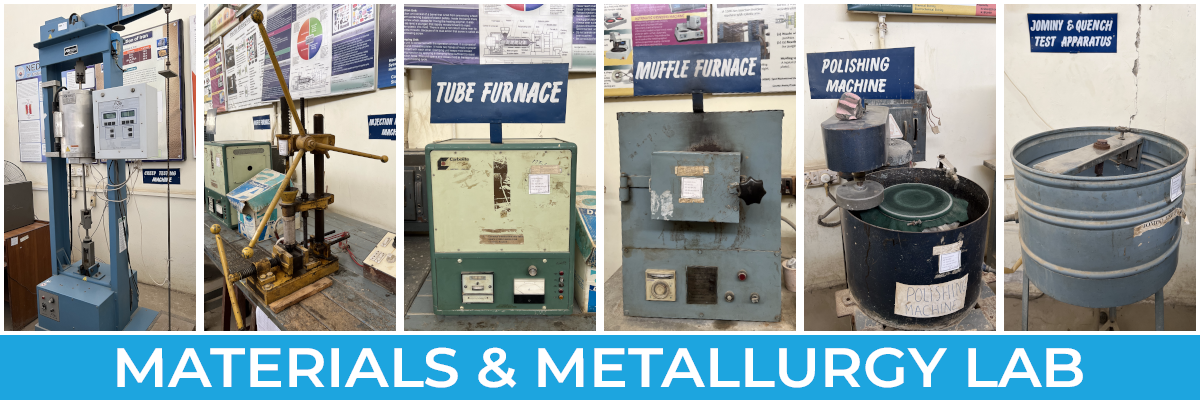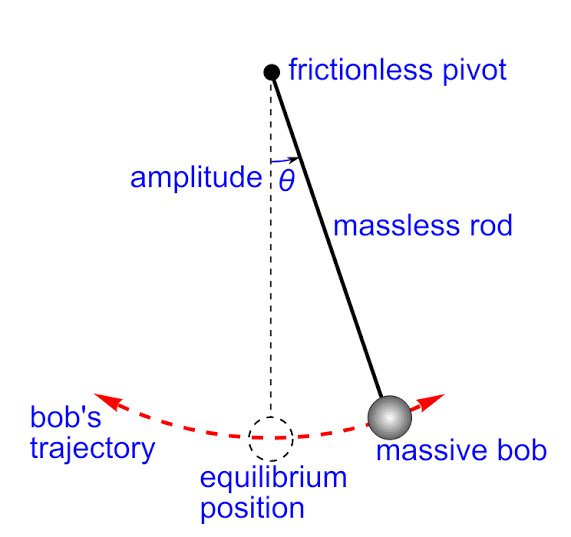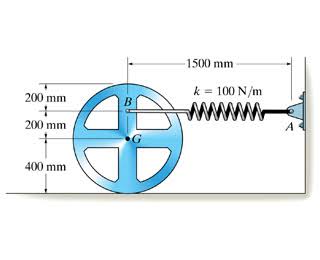ME-436 MECHANICAL VIBRATIONS
CREDIT HOURS
Theory = 3
Practical = 0
COURSE LEARNING OUTCOMES (CLOs)
| S. No. | CLOs | Taxonomy |
| 1 | To be able to discuss / explain different theoretical concepts related to mechanical vibrations | Coginitive Level 2* |
| 2 | To be able to construct mathematical models of different vibrating systems | Coginitive Level 5* |
| 3 | To be able to solve different problems related to mechanical vibrations | Coginitive Level 3* |
| 4 | To carry out experiments and make observations | Psychomotor Level 2* |
COURSE CONTENT
- Introduction: Main objectives, Elements of a vibratory system, Fundamental features in vibratory systems, Vectorial representation of simple harmonic motion, Degrees of freedom, Damping.
- Single Degree of Freedom Systems: Undamped free vibrations, Damped free vibrations, Forced vibrations.
- Two Degree of Freedom Systems: Undamped and damped free vibrations, Undamped and damped steady state forced vibrations.
- Applications: Equivalent viscous damping, Balancing of machines, Vibration considerations in machine foundation.
- Methods for Finding Natural Frequencies: Rayleigh method, Analytical method and graphical technique, Holzer method.
- Vibrations of Elastic Bodies: Free and forced longitudinal vibrations of a uniform bar, Vibrations of a uniform bar with end masses, Free and forced lateral vibrations of simply supported thin beams, Torsional vibration of circular shaft with single rotor and two rotors, Critical speed of rotating shaft with single rotor and two rotors, Critical speed of rotating shafts. Elementary treatment of analogue computation of vibrations, Simple cases of electro-mechanical systems and analogies.
RECOMMENDED BOOKS
(01) Mechanical Vibrations: Theory and Applications by W. T. Thomson
(02) Elements of Vibration Analysis by L. Meirovitch
(03) Engineering Vibrations by D.J. Inman
*For details of Taxonomy Levels CLICK HERE!
